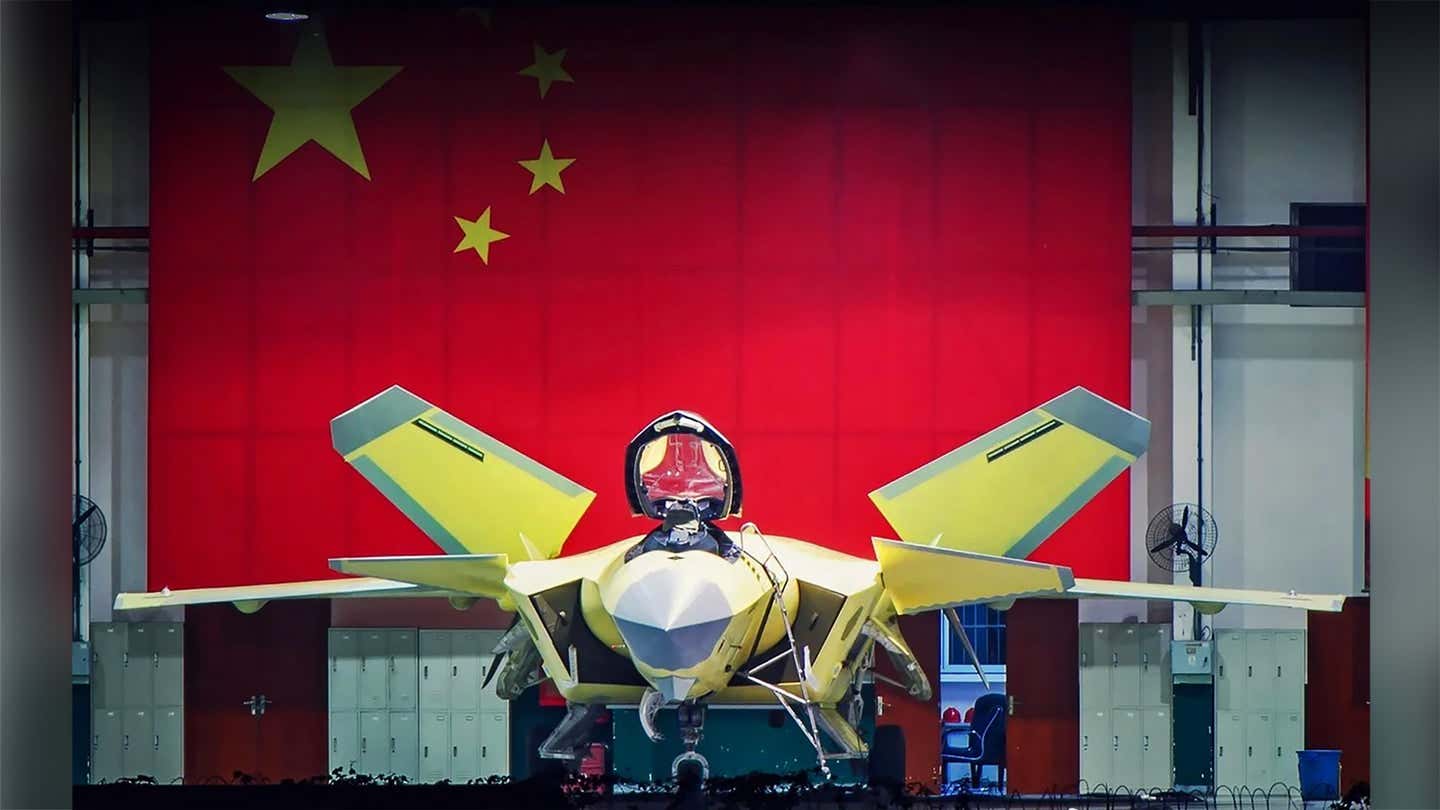China has claimed to have developed the technology required for mass-producing ultra-strong carbon fiber, which is utilized in missiles, space stations, and wind turbines.
Rafale Fighters: Saudi Arabia Mulls ‘Record’ Deal For French Jets As Ties With The US Plummet
As the Hong Kong-based South China Morning Post claimed, the accomplishment can potentially disrupt international monopolies in providing materials for the aerospace and defense industries.
Carbon fiber is a crucial strategic resource, distinguished by its remarkable mechanical attributes and chemical stability, rendering it irreplaceable across the aerospace, defense, transportation, new energy, and marine engineering sectors.
However, China’s ability to engage in carbon fiber production had been significantly hindered due to restrictions imposed by the United States and Japan on exporting manufacturing equipment.
Furthermore, the process faces formidable technological obstacles, resulting in China’s emphasis on advancements in small-tow carbon fibers for a considerable duration. This approach entails substantial expenses and has hindered the widespread utilization of carbon fibers among downstream enterprises.
Despite this situation, China has successfully navigated numerous hurdles in its carbon fiber industry, which by 2022 had grown to represent around one-third of global production, the report claimed.
However, in collaboration with Shenzhen University, Changsheng Technology Co Ltd, renowned for manufacturing fabricated metal products, has finally successfully produced high-performance carbon fiber through a production line that can manufacture 1,874 tons of this material annually.
Before the breakthrough achieved by Changsheng Technology, Beijing lacked the means to mass-produce high-performance T1000 carbon fiber, a particularly robust variant of the material known for its stress resistance.
The country’s carbon fiber production had mainly revolved around the T300 and T700 varieties, leaving the high-performance T1000 carbon fiber to make up only a small fraction.
A one-meter-long (3.3-foot) bundle of T1000 carbon fiber, despite weighing merely 0.5 grams (0.018 ounces), possesses the remarkable ability to endure approximately 500 kg (1,102 lbs) of force.
Importance Of High-Grade Carbon Fiber In China’s Defense Industry
Mass-producing ultra-strong carbon fiber could potentially boost the capabilities of new fighter jets and warships.
Warships employing carbon fiber reinforced resin (CFRP) are characterized by their exceptional strength, electromagnetic wave absorption capability, impressive impact resistance, and minimal radar and magnetic field signatures.
The SCMP report specifically highlights that the material is essential for aerospace. Aerospace-grade carbon fiber, known for its specialized properties and substantial cost, plays a crucial role in military aviation.
Its specialized utility is evident in diverse sectors, from its application in nuclear plants to its pivotal role in shaping the fuselages of advanced military aircraft like the F-22 Raptor stealth fighter.
Consequently, the prospect of mass-producing top-tier carbon fiber suggests its imminent application in China’s advanced fighter jet development. This has raised concerns among US defense officials regarding China’s stealth fighter capabilities, notably exemplified by the J-20.

However, if Beijing encounters difficulties acquiring the essential polymers for constructing fighter jet fuselages, the level of concern might be less warranted.
This is the likely rationale behind the US imposing an export ban on manufacturing equipment to China, underscoring the strategic significance of such materials.
In the past, the US government even arrested a Chinese national on charges of purportedly attempting to illicitly export tons of high-grade carbon fiber, which finds its predominant application within aerospace and military contexts, all without the necessary licensing.
Beyond its military utility, the surge in demand for this material is propelled by the growing prominence of hydrogen energy and wind power installations.
Carbon fiber finds utilization in crafting high-end, high-pressure hydrogen storage tanks, while its lightweight and resilient properties make it a favored choice for offshore wind turbine blades.
Yet, despite the escalating demand, Chinese industry experts raise apprehensions regarding issues such as overcapacity, escalating anti-globalization sentiments, and impediments to technological research, which present a complex landscape for the industry’s future.
Nonetheless, enabling the extensive manufacturing of T1000 carbon fiber will facilitate the expansion of Chinese enterprises’ industrial reach.
As of 2022, four Chinese carbon fiber firms secured spots within the global top 10 list for production capacity, marking a noteworthy achievement in the industry’s landscape.
That said, the timeline for effectively harnessing the newly developed technology for the mass production of high-grade carbon fibers remains uncertain. Additionally, the Chinese state media has not provided any specific timeline.
- Contact the author at ashishmichel(at)gmail.com
- Follow EurAsian Times on Google News